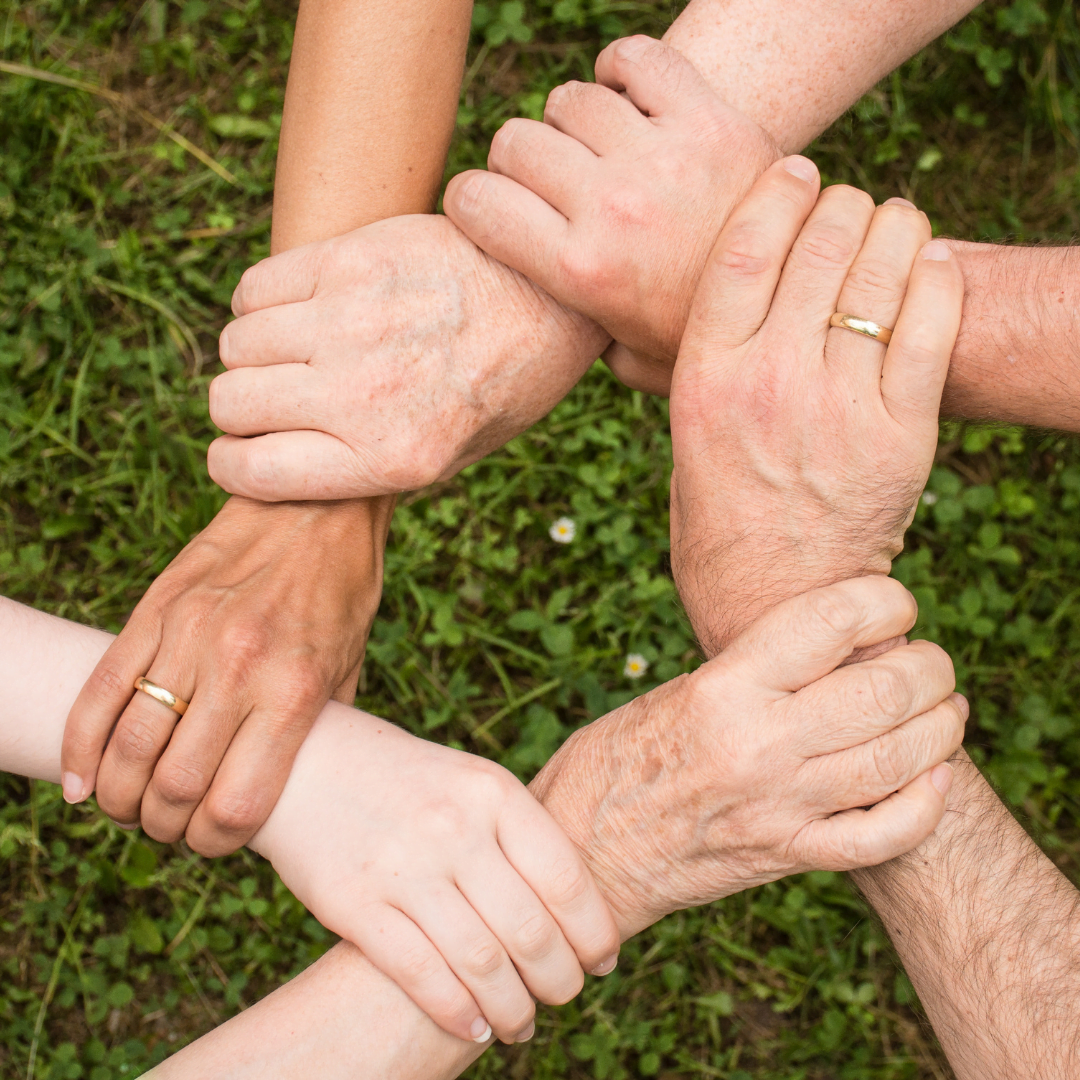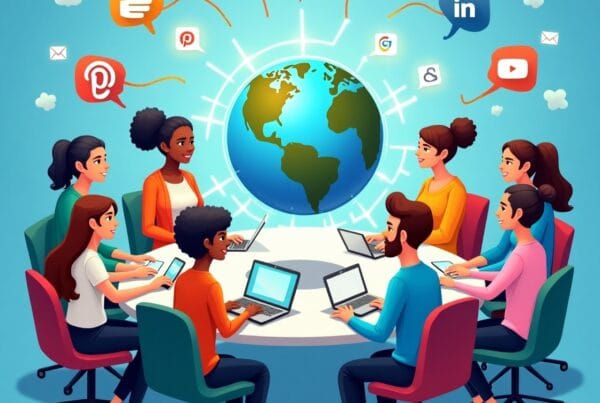A Beginner’s Guide to Diversity and Inclusion
A quick search on Google will reveal any number of studies that demonstrate the benefits to organisations of having a diverse workforce. According to Forbes, Harvard Business School and many more sources, you can expect greater innovation and creativity, a wider range of available skills, happier employees, increased teamwork and productivity and better understanding of customer bases.
Wellington-based Vanisa Dhiru has worked for years as an advocate for community, gender and racial equity, and last year was made a Member of the New Zealand Order of Merit for her efforts in these fields. NSPR recently engaged Vanisa to take our team through an Unconscious Bias course. While diverse in age range and life experiences, we all identify as she/her and Pakeha. This blog is written off the back of that invaluable course, after a fascinating and incredibly worthwhile day discussing with Vanisa why diversity is only the first step, and why inclusion should be the real goal for any organisation.
A Great Place to Start
It’s official: New Zealand is quite the kaleidoscope, in terms of diversity. A quick glance at 2018 Census data reveals that Aotearoa is home to more than 160 ethnicities that number more than 100 people, and within those groups you will find further diversity by way of age, cultural values, religious beliefs, gender, sexual orientation and more. As well as our three official languages (Te Reo, English and New Zealand Sign Language), we speak a variety of other languages including Samoan, Arabic, Spanish, Mandarin and Hindi. More than one-quarter of us were born in another country, fifteen percent of us have a tertiary qualification, 32 percent of us live in rental accommodation and just over half of us live in the major urban centres.
It would be easy to pat ourselves on the back, tick the diversity box and move on with our lives. However, a diverse population is not the same as an inclusive population, and the same applies to organisations.
“Diversity is the fact; inclusion is the behaviour,” Vanisa explains. “It’s not enough to have a workforce that is varied, although that is a great starting point. Diversity becomes inclusion when organisations develop procedures and practices that actively promote the integration of their workforce, and allow difference to coexist in a way that benefits everyone.”
Watch for Blind Spots
By building an environment in which every member is made to feel comfortable – their thoughts and opinions valued equally – Vanisa says organisations are likely to benefit from the diversity of experiences available to them. However, to build an organisational culture in which inclusion is truly standard practice, we must first become aware of, and then overcome, our unconscious biases.
Bias /ˈbʌɪəs/ Noun: inclination or prejudice for or against one person or group, especially in a way considered to be unfair.
Unconscious: /ʌnˈkɒnʃəs/ Adjective: done or existing without one realising.
Vanisa uses the example of a manager putting together a team to work on a new project. Their first instinct is to enlist the same people they have worked with previously – to the manager’s way of thinking, this is simply good sense because, “we’re all on the same page”.
But this manager has recently completed a course on unconscious bias. They now realise that if they were to cast the net a little wider, the project will benefit from the broader experience and wisdom the new team would encompass.
Quieting the Lizard
The part of our brains that is designed to ensure our survival when faced with a hungry sabre-toothed tiger – our so-called ‘lizard brain’ – is the part which makes the quick decisions that will ensure our survival. These days, the threat of being something else’s dinner is reassuringly low, but we still use this part of our brains to make snap judgements, which can be the opposite of inclusiveness.
Snap judgements draw on a limited proportion of information: past experiences and present assumptions (what is vivid, recent, frequent, extreme and negative). Slowing down our decision-making process gives the more conscious, considered part of our brain time to take a broader view, ask questions, acknowledge biases and ask ourselves, “what is real?”. Simply standing up and walking around before making a decision can be enough time to quieten our ‘lizard brain’.
Nobel Economic Sciences Laureate Daniel Kahneman describes our two modes of thought as System 1 and System 2: the former being the instinctive part of our brains. By acknowledging the inevitable blind spots that lie in this way of thinking, we can start to overcome our biases, both unconscious and conscious.
Being prepared to challenge perceived facts doesn’t require a combatant approach. Rather, it’s a question of testing what you think of as a fact by looking for contradictory information, asking questions of yourself and others, and using other people as sounding boards. The more diverse your hive mind is, the easier it becomes to challenge assumptions.
The Long and Winding Road
Perhaps your organisation is already doing a great job with diversity and inclusion – if so, kudos to you! But it’s important to stay on your toes and keep challenging yourselves to be alert to bias and open to opportunities to do better. Perhaps you’re doing really well with gender, but you could afford to stretch a little on ethnicity, or LGBTQI+?
There are many industries for whom the process of becoming more inclusive will take time due to a long-term lack of diversity within the available pool of talent. That’s why it’s important for organisations to commit to inclusion as a cornerstone philosophy – fast change is commendable for its enthusiasm, but systemic cultural change often requires a longer, more deliberate journey.
Vanisa Dhiru is available to run courses on diversity, inclusion and unconscious bias – if you’d like to find out more about how this could benefit you or your organisation, please contact Kate Grant on 027 4220079 or kate@nsprltd.com.




